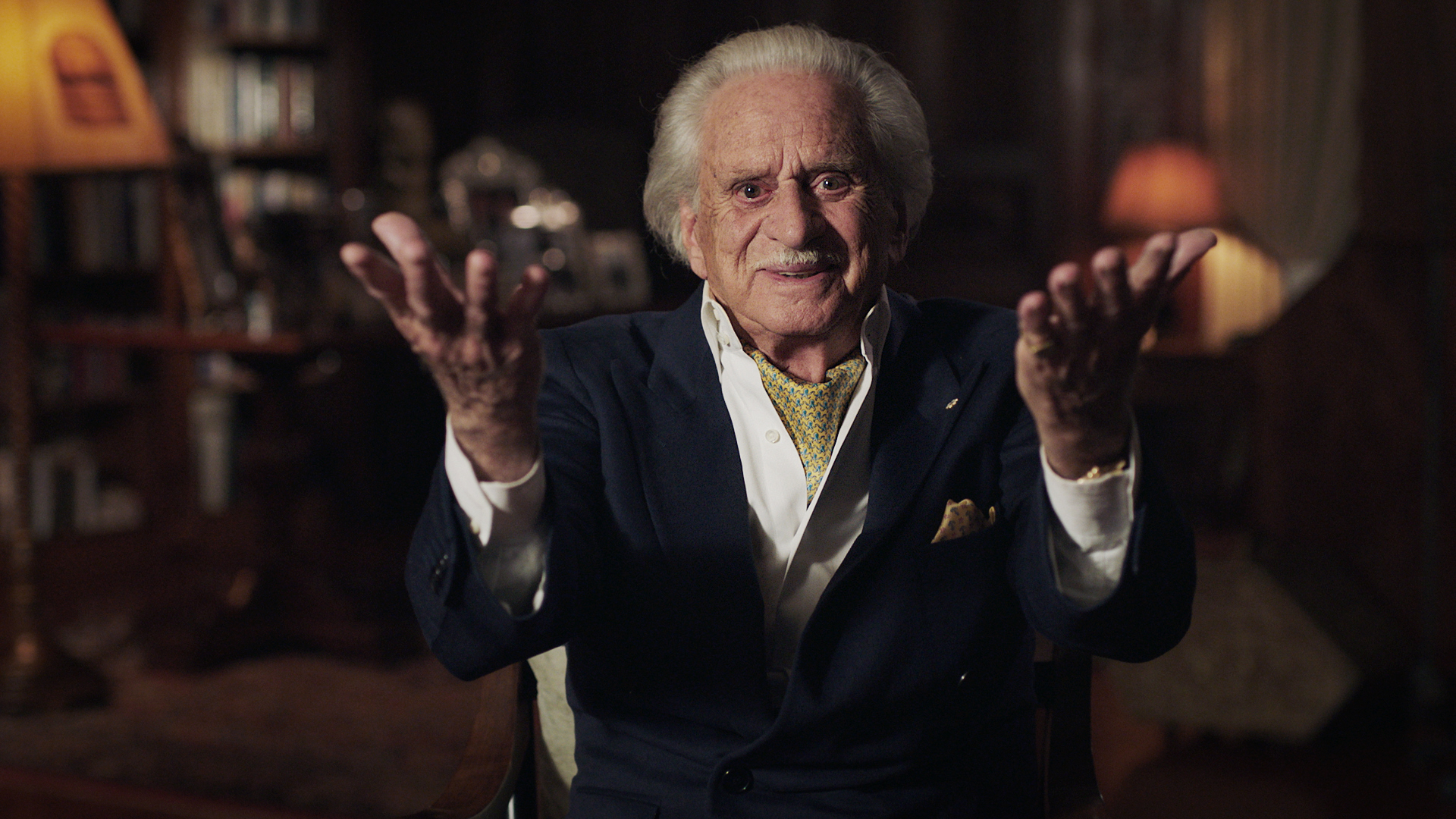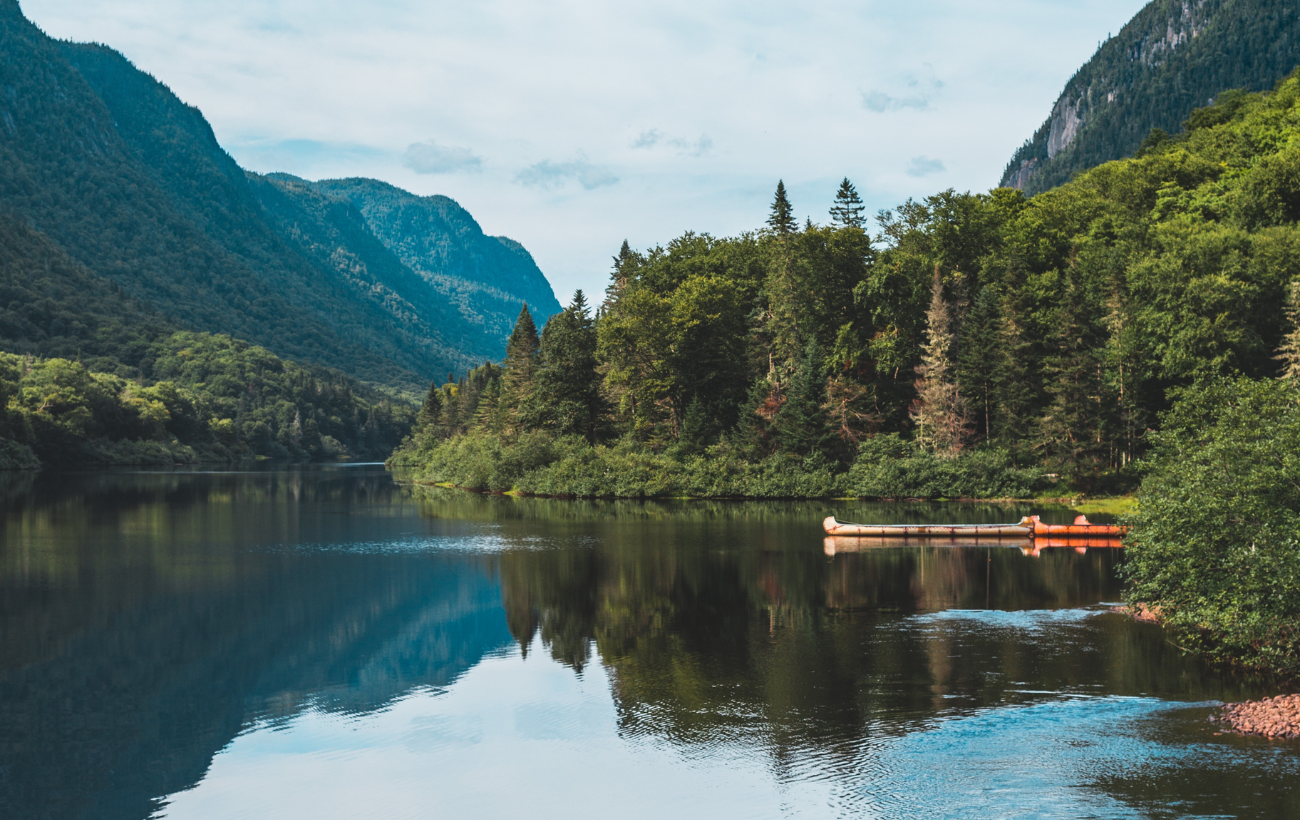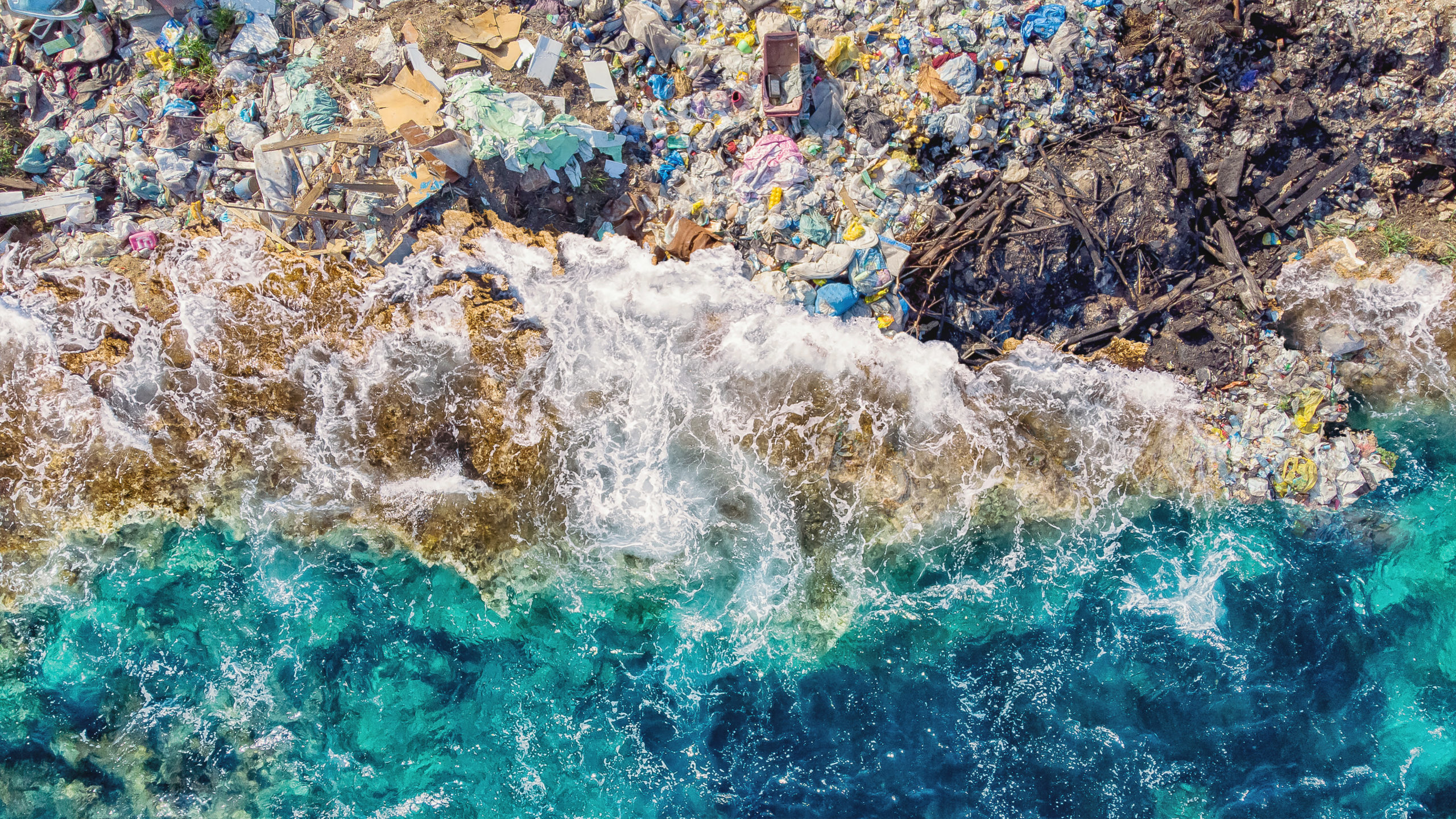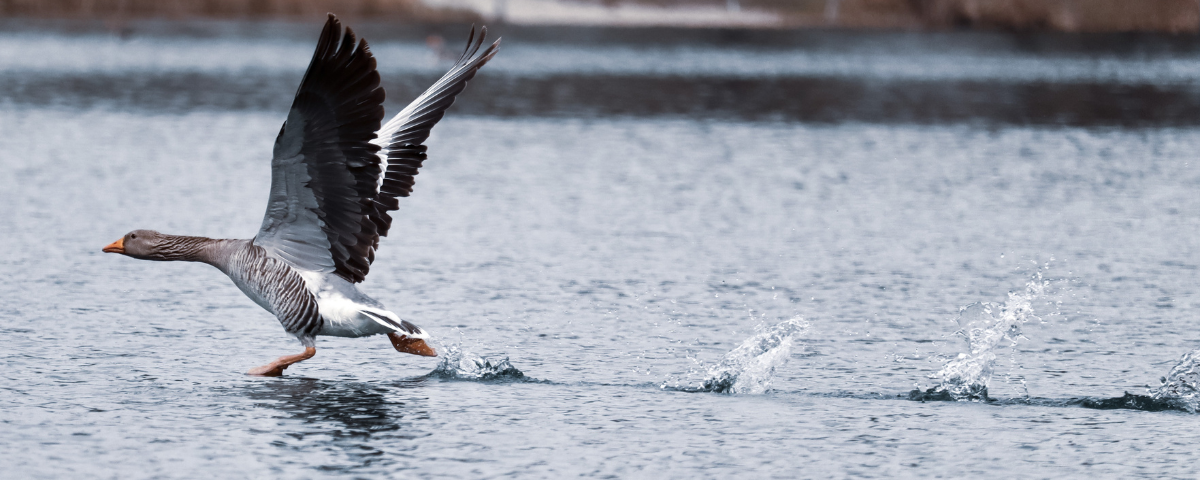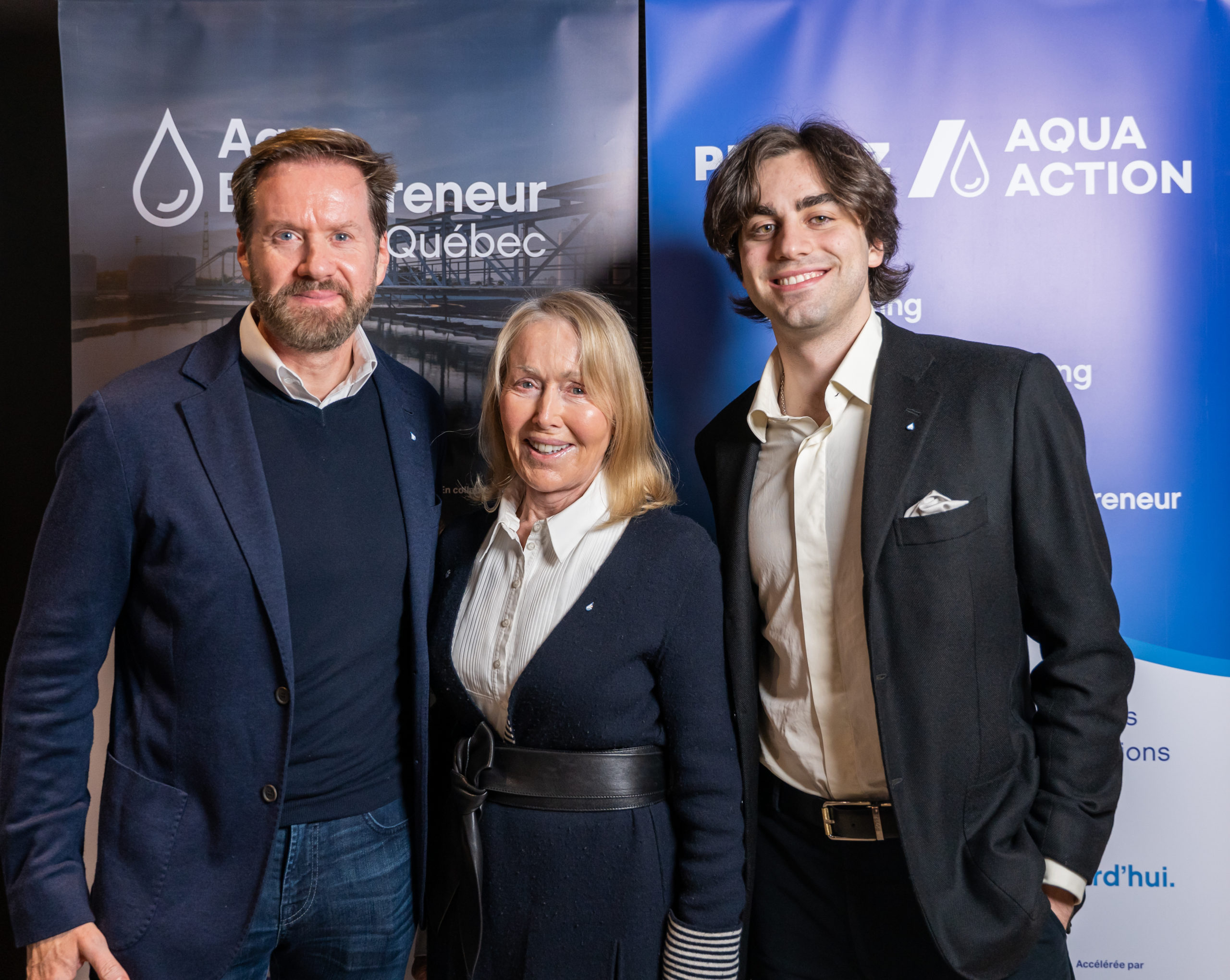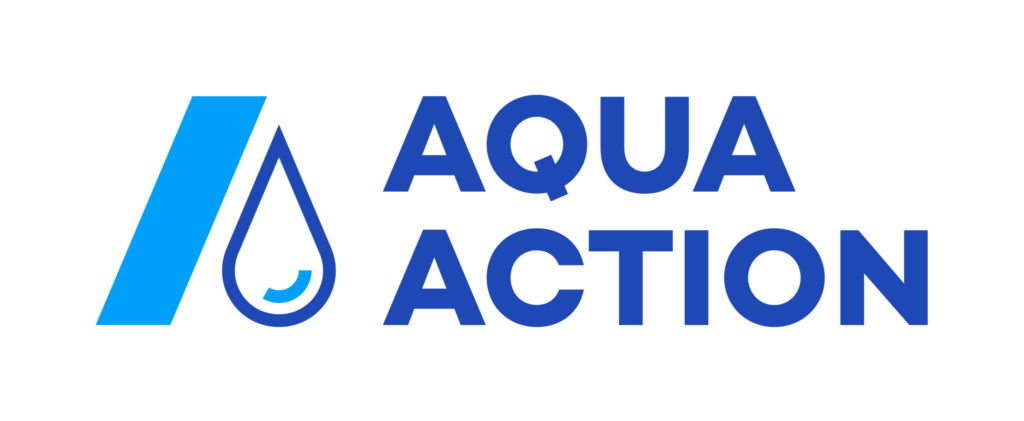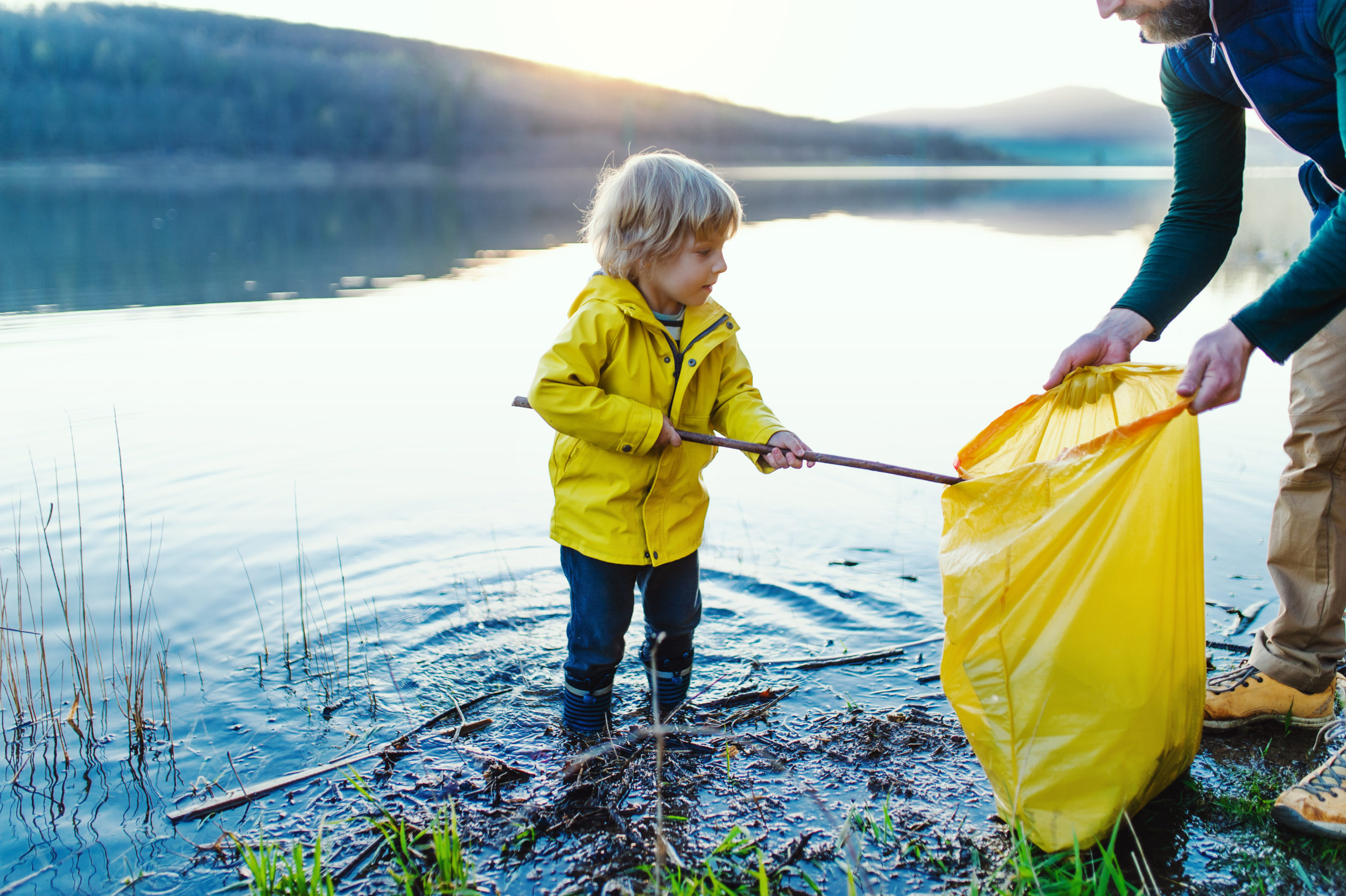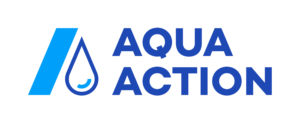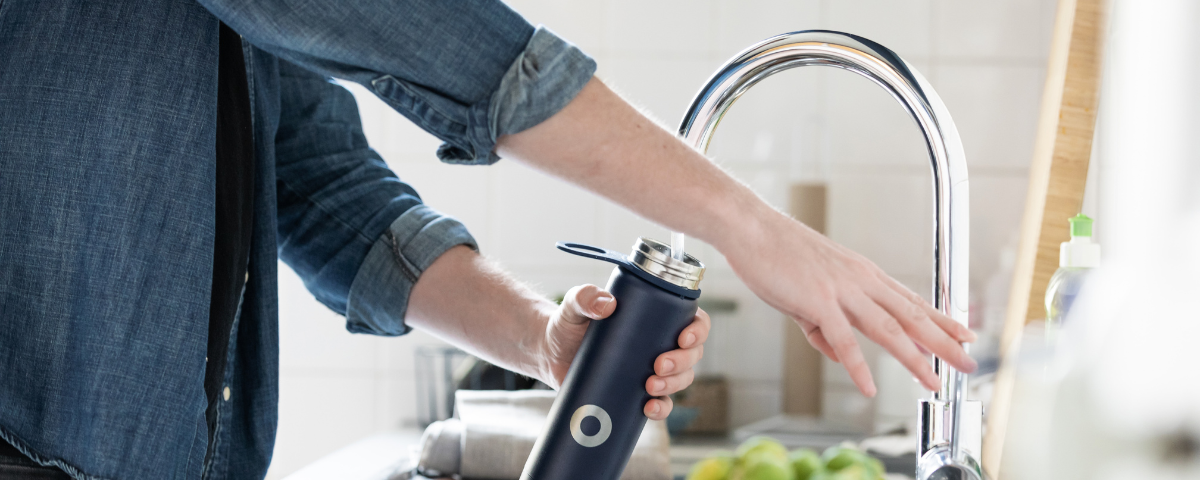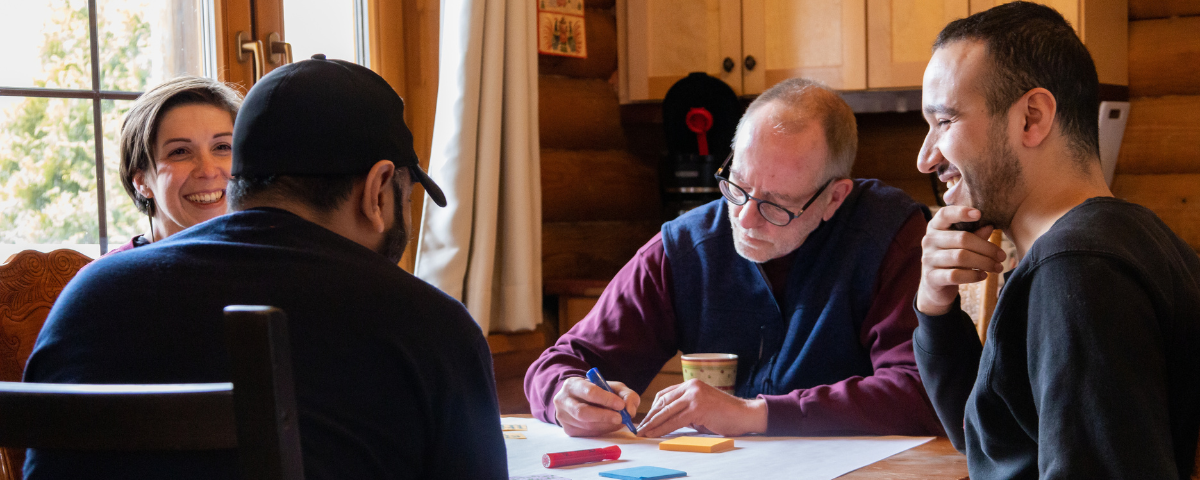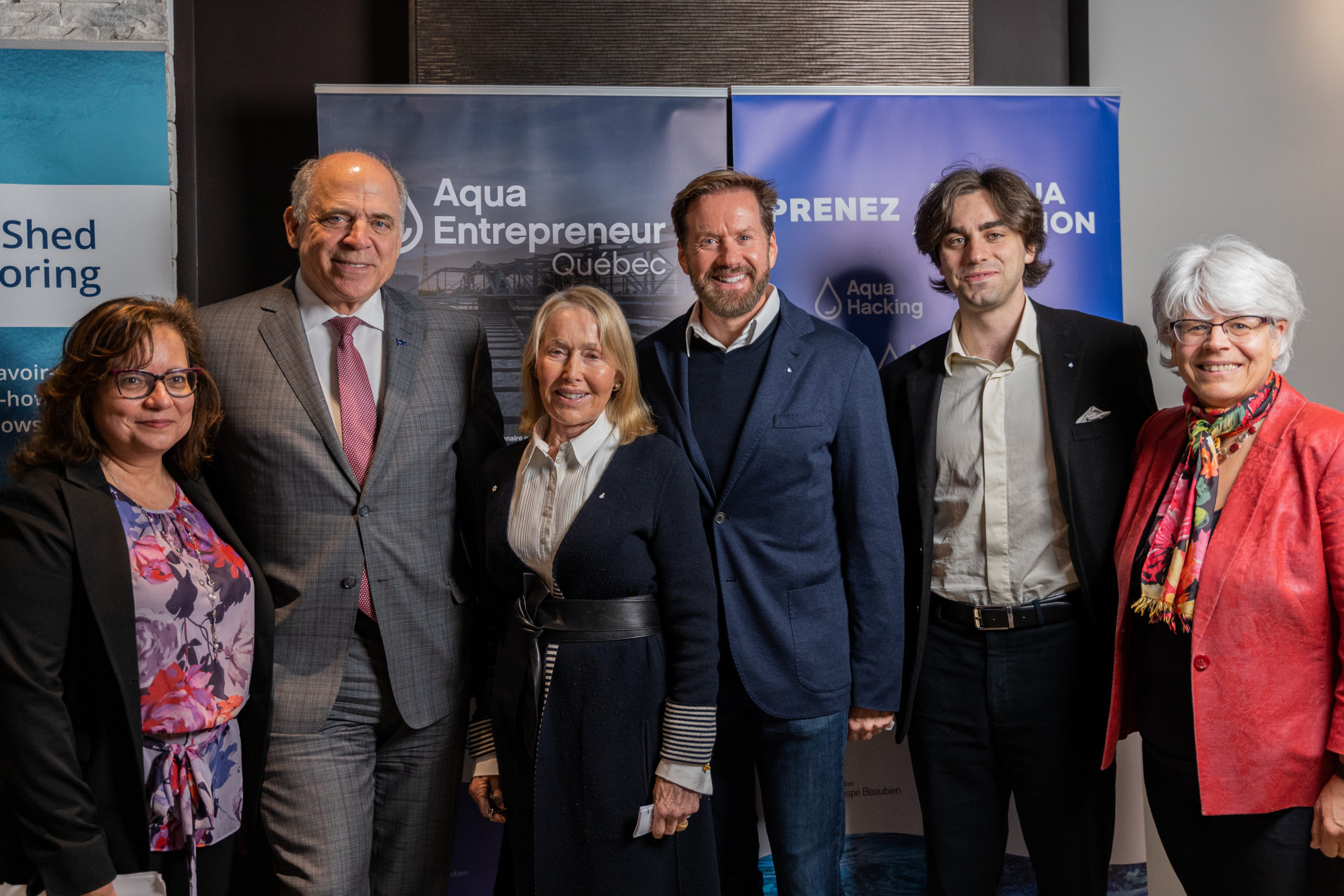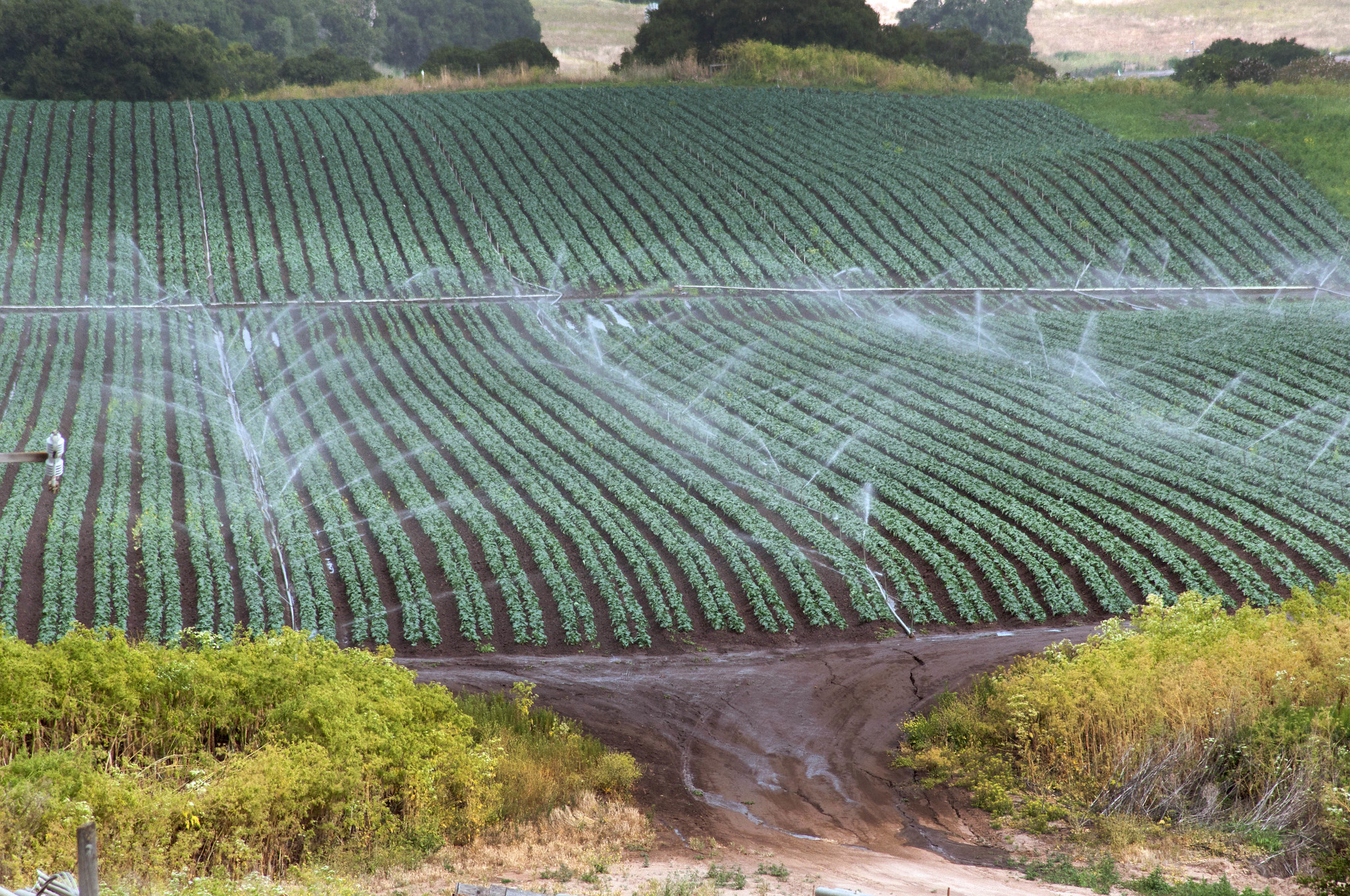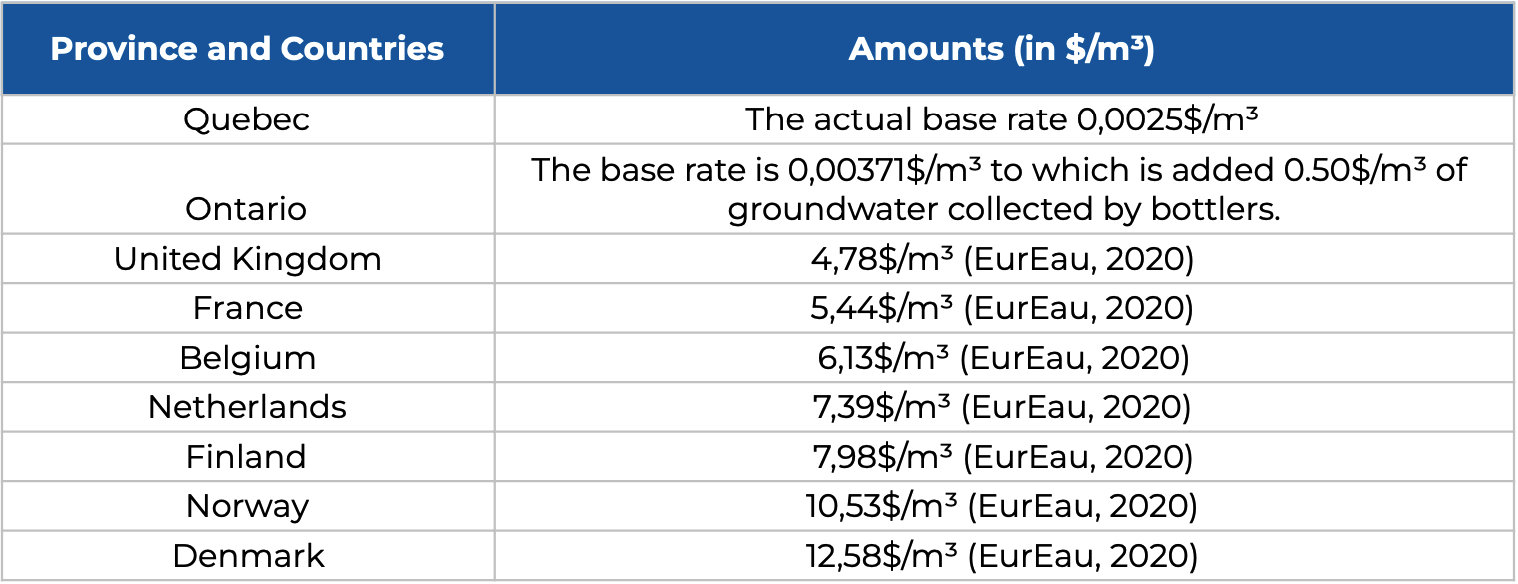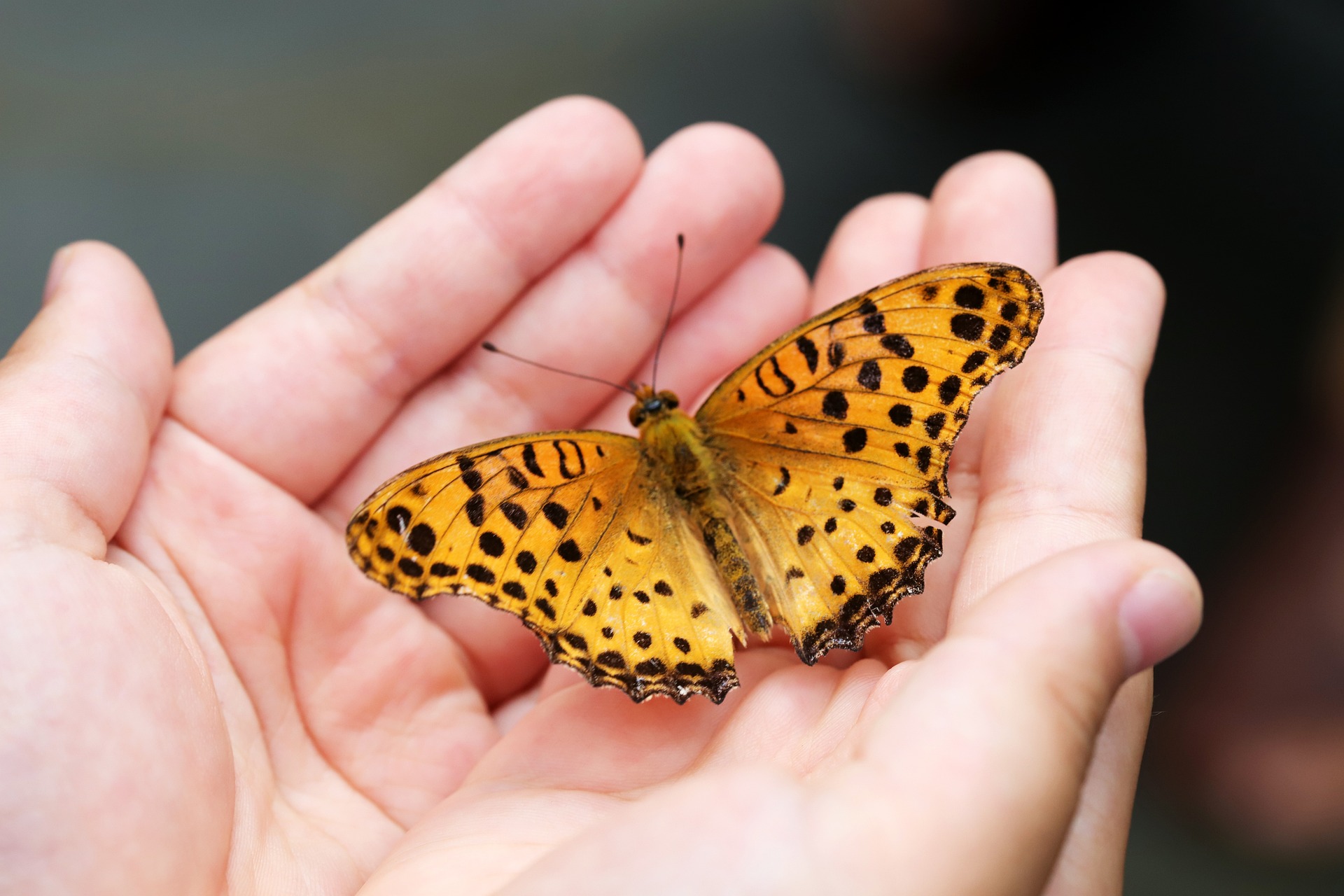The snow cover affects your life and your environment!
Canada possesses a winter treasure that represents much more than simple passing beauty (or a source of frustration for those who would prefer to avoid it…). Snow plays a crucial role in the Canadian environmental dynamic. As climate change is remodeling our world, understanding the formation and impact of snow cover has become essential. Let’s explore the subject.
1. What is the Snow Cover?
Snow cover isn’t simply a vast white stretch, but rather a complex, multi-faceted mechanism. Understanding snow cover’s complex nature is essential to foresee its impact on the Canadian environment. As an active participant in the meteorological and ecological choreography, snow cover shapes the Canadian landscape in a unique way.
- Snow formation: snow isn’t just flakes falling from the sky. It is formed by ice crystals that are created when water vapor in the atmosphere condenses into ice. These varied and delicate crystals then stick together to create the snowflakes that form the snow cover.
- Stratification of the cover: Snow cover is not uniform. It is stratified by successive precipitations, creating distinctive layers of different types of snow. Meteorologists can analyze these stratifications in order to obtain information on past meteorological conditions; a sort of natural archive written in the snow.
- Thermal insulation: The snow acts as a natural thermal insulator. It traps air between its crystals, creating a barrier that protects the soil and plants from extreme temperatures. This property is crucial to the survival of plant and animal life during harsh winters.
- Sunlight reflection: The white snow reflects a large portion of sunlight, contributing to maintaining lower temperatures in snowy regions.
- Evolution through the season: Snow cover isn’t static. It evolves, melting in the spring and reforming in the winter. This seasonal dynamic not only influences local meteorological conditions, but also the biological cycle of numerous species.

2. Why is the Snow Cover Important?
Snow cover plays a crucial role in the water preservation in Canada. By acting as a water reserve for rivers, it not only supports aquatic ecosystems, but also those of key sectors such as agriculture and the production of hydroelectric energy.
Changes in the snow cover therefore have important consequences on ecological and human systems. For example, the melting of the ice and mountain snow covers are crucial for a multitude of sectors, including aquatic ecosystems, agriculture, the production of hydroelectric energy, and leisure activities.
3. Serions Repercussions
Climate change affects the durability and quality of the snow cover. Questions such as premature melting or the movement of masses of snow become crucial concerns, influencing the availability of fresh water, weather charts, and the living environments of humans and animals.
-
Alteration of Wildlife Habitats :
The snow cover acts as a protective cover for numerous animals during the winter. Arctic hares, for example, blend into the snowy landscape in order to avoid predators. However, changes in the snow cover could disturb these camouflage strategies, exposing the animals to an increased risk of predation. Moreover, premature melting of the snow cover could compromise the availability of food resources, directly impacting the fauna.

-
Changes in Precipitations and Flooding :
The snow cover plays a crucial role in the water cycle. By melting slowly, it progressively releases water into the lakes and rivers, regulating precipitation regimes. Changes in the snow cover can result in a more rapid melting, increasing the risk of flooding in the spring. On the other hand, a reduction of the snow cover can lead to a decrease of available freshwater.
-
Influence on Biodiversity :
The ecosystems often depend on well-defined seasonal cycles to maintain their balance. The snow cover, as an integral part of these cycles, influences biodiversity. Variations in the longevity of the snow cover can affect plant growth, bird migration, and insect behavior. These changes can have cascading repercussions, disrupting the ecosystem as a whole.
-
Impacts on Water Quality :
The snow cover acts as a giant sponge, filtering atmospheric impurities and pollution. When it melts, it releases this filtered water into water sources, contributing to maintaining a high quality of water. Changes in the snow cover can alter this process, affecting the purity of the water and compromising the aquatic ecosystems as well as the availability of drinking water for local communities.
-
Impacts on Aquatic Ecosystems :
The temperature and quantity of the water released by the melting snow can have significant effects on aquatic ecosystems. These changes can affect the reproduction of fish, as well as the growth of algae and other aquatic organisms, disrupting the delicate balance of freshwater ecosystems.
The Snow Cover and Freshwater are Closely Linked
Canada, the country of snow par excellence, is seeing its snow cover go through unprecedented changes. In this time of climate change, it is imperative to study and preserve this winter treasure for future generations. Snow, much more than a simple meteorological phenomenon, is a precious indicator of the environmental challenges to come. The snow cover and freshwater are closely linked, and any changes in the former has direct repercussions on the availability, quality, and regulation of our freshwater resources, including the state of Quebec’s lakes. These ties highlight the vital importance of understanding and monitoring the snow cover in the larger context of the sustainable management of water resources. Another necessary expertise in water preservation..


